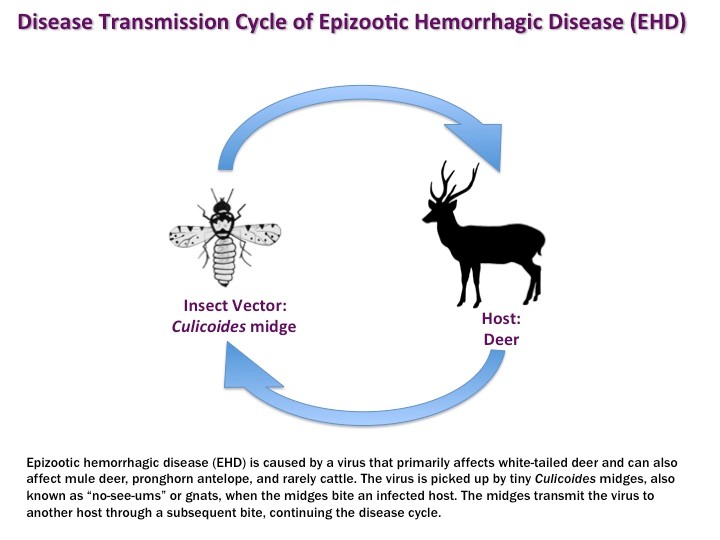An animal epidemic is called an epizootic

An Animal Epidemic: Understanding Epizootic

When a highly contagious disease spreads rapidly among animals, causing a significant increase in illness or death within a population, it is referred to as an epizootic. Understanding and managing these animal epidemics is crucial to protect both animal and human populations, as well as the overall ecosystem.
Epizootics can impact a wide range of animal species, including livestock, wildlife, and even domestic pets. They can be caused by various factors such as viruses, bacteria, parasites, fungi, or even environmental stressors. The severity and extent of an epizootic can vary greatly, from localized outbreaks to global pandemics.
One example of a devastating epizootic is the Highly Pathogenic Avian Influenza (HPAI) outbreak in 2015. The HPAI virus, which primarily affects poultry but can also infect other bird species, spread rapidly across several continents, leading to the culling of millions of birds and causing significant economic losses in the poultry industry.
To effectively manage and control epizootics, early detection and surveillance systems are crucial. Constant monitoring of animal populations, particularly those most susceptible to specific diseases, enables prompt identification of potential outbreaks. This allows for timely action to prevent further spread and mitigate the impact of the epidemic.

Additionally, collaboration between veterinarians, researchers, and public health agencies is essential. Sharing information and expertise allows for a coordinated response to epizootics, aiding in the development of effective prevention strategies, vaccines, and treatments.
Preventing the transmission of epizootic diseases is of utmost importance. This can be achieved through quarantine measures, strict biosecurity protocols, and public awareness campaigns. Vaccination programs targeted towards susceptible populations can also help control the spread of contagious diseases.
Epizootics not only pose a threat to animal populations but can also have serious consequences for humans. Zoonotic diseases, which are pathogenic infections that can be transmitted from animals to humans, often arise during epizootics. Examples include the Ebola virus, Middle East Respiratory Syndrome (MERS), and the ongoing COVID-19 pandemic. Understanding the connection between animal health and human health is crucial for effective disease prevention and control.
To summarize, an epizootic refers to an animal epidemic characterized by the rapid spread of a contagious disease within a population. Early detection, surveillance, and collaboration between various stakeholders are vital for managing and controlling these outbreaks. By implementing preventive measures and focusing on the interconnection between animal and human health, we can successfully mitigate the impact of epizootics and safeguard both animal and human populations.
Sources:
Related Posts
Quick Links
Legal Stuff

